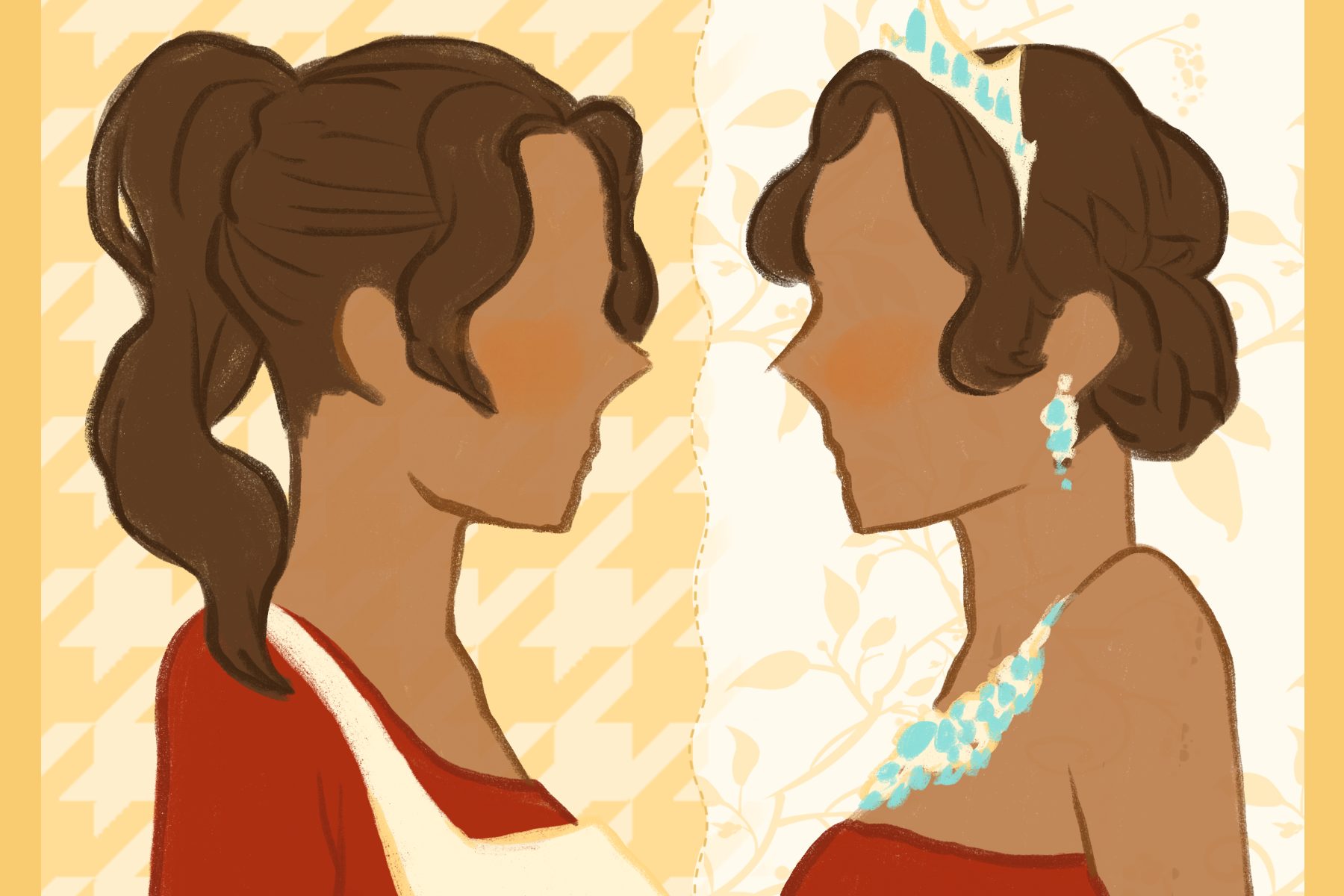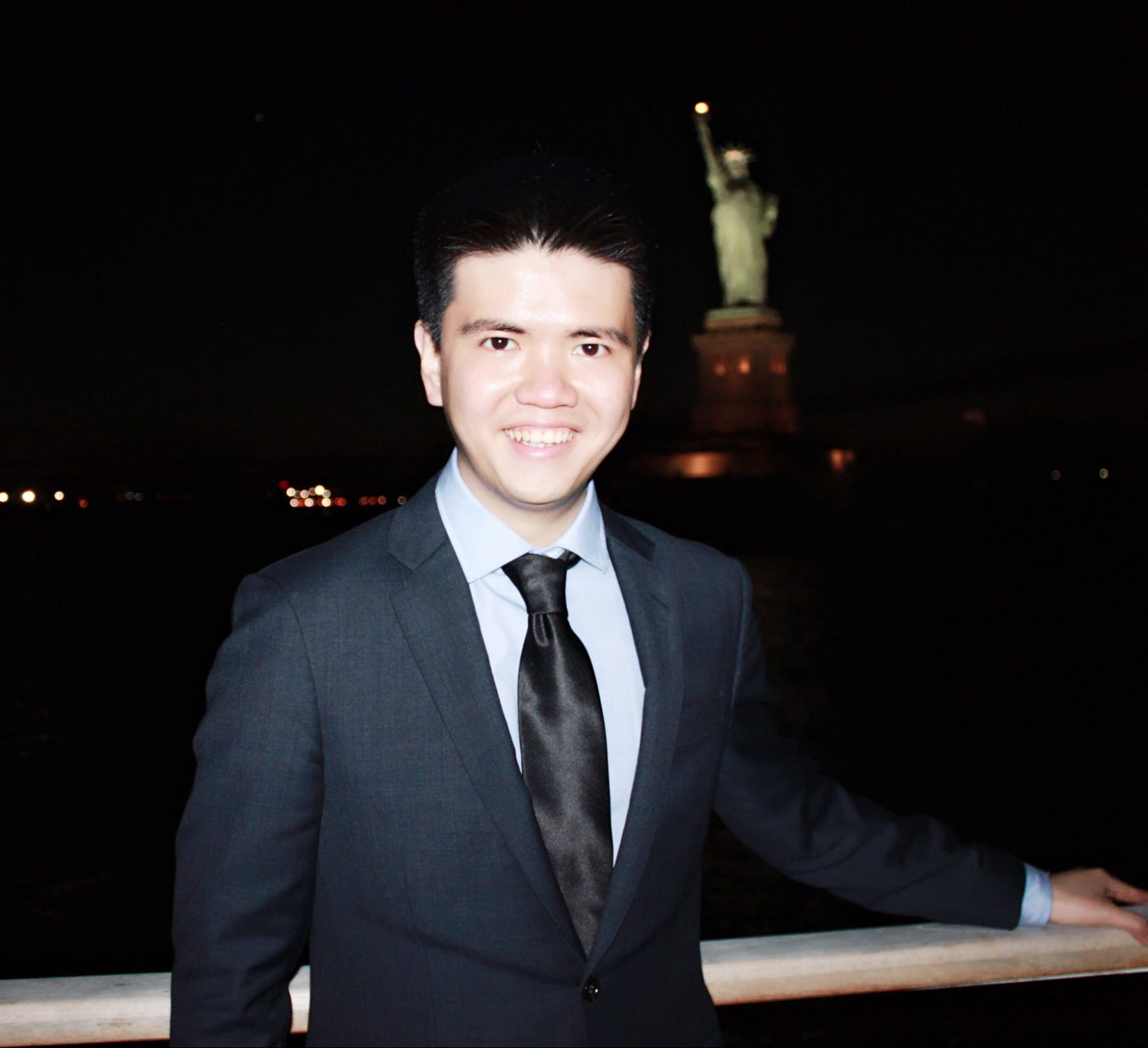“The Princess Switch” was introduced to audiences for the first time in 2018. The story was about two women who looked identical: Stacy DeNovo, a baker from Chicago attending the international baking competition, and Lady Margaret Delacourt, a princess from a neighboring nation who is scheduled to be married to a prince.
These identical women then decide to switch their identities for a few days in order to experience the other woman’s life. Without any hesitation, Margaret asks Stacy to swap places with her because she wants to experience the life of a “normal” woman. Stacy agrees after Margaret promises to give Stacy’s young friend Olivia the opportunity to attend dance camp. Margaret falls in love with Stacy’s business partner and friend Kevin, whom Stacy considered to be mediocre and nothing special, while Stacy becomes smitten with the prince whom Margaret was reluctantly obligated to marry.
The whole film has a fanciful, wholesome quality. However, while the themes and the plot of “The Princess Switch” are intriguing enough, what is most interesting is its depiction of gender’s influence on one’s external perceptions, the emerging changes to gender dynamics in human society as well as the laws of attraction and harmony in romantic relationships.
Gender Role Perceptions
Traditional gender roles and their effects on the external world are implicitly demonstrated throughout the movie. When the prince speaks to Stacy after she switches with Margaret, he tells her that his grandma is a rebel who naturally has opinions on everything and isn’t afraid to let everyone know what they are. The palace isn’t used to this “rebelliousness.”
One of the reasons why discomfort or even cognitive dissonance arises in the palace is that the prince’s grandma doesn’t behave in ways that are consistent with the normal perception of how a woman should act, especially as a member of royalty. Without the influence of traditional gender roles, the prince wouldn’t speak about this “fact” in such a natural way without any qualification.
People inherently dislike the inconsistency between their perceptions and assumptions about a certain object and how the object actually presents itself in reality. People who believe in traditional gender roles would not want to see a woman being independent and opinionated, because women may be assumed to always be silent and docile, especially in a palace — a symbol of power and governance at the highest point of the entire societal hierarchy.
Changing Gender Roles
However, the film creates an unspoken contrast between these social norms and the realities of the relationship between the two binary genders. For example, Stacy’s business partner seems to be dominated by Stacy: When Margaret — whom Kevin thought to be Stacy — says Kevin deserves to be featured in a magazine interview, Kevin shows astonishment and extreme gratitude for her acknowledgment of him.
Likewise, it seems that the prince always follows the decisions of Stacy in both “The Princess Switch” and its sequel, “The Princess Switch: Switched Again.” In this second film, the two male protagonists — Kevin and the prince — serve a relatively more ancillary role than their female counterparts.
In “Switched Again,” this deflection of social norms is even more pronounced when Margaret takes the throne after her father, the king, passes away. It comes so naturally to Margaret and there isn’t any moment of hesitation or concern on her part. What adds more intrigue to this plot point is that a relative of Margaret, who also looks like her, tries to get rich and seize power by kidnapping Margaret. Such a scene is rarely shown in any other movie series — struggles for power are typically depicted among men rather than women.
In both “The Princess Switch” and “Switched Again,” Stacy and Margaret are determined and decisive, whereas the prince and Kevin seem to be more sensitive and caring. This presentation of gender roles diverges from contemporary portrayals in our society.
Harmony and Romantic Relationships
“The Princess Switch” and “Switched Again” also convey the significance of freedom throughout the storyline: Margaret asks Stacy to switch identities with her without any hesitation and with the utmost earnestness. Experiencing “normal life” seems like a breath of fresh air to Margaret.
After switching identities with Stacy, Margaret feels relaxed, enthusiastic and — most importantly — free. She seems to be able to loosen all the shackles of the external expectations that previously imprisoned both her body and mind. This change conveys to the audience that happiness can be achieved once the identities and duties imposed on us by society and ourselves are removed.
Margaret seems to feel even more reluctant about getting married to the prince when she realizes it is time for her to return to her own life. The series spurred me to think beyond what metaphorical shackles bind the princess to consider what mental freedom means to all of us and how we can find it. Ultimately, “The Princess Switch” and its sequel seem to encourage people to pursue their dreams and find their mecca.
The film also demonstrates to us the importance of “fit” in romantic relationships. No matter how charming the prince seems to be in the eye of the public or Stacy, Margaret is instead deeply charmed by Kevin. When Margaret savors everyday moments such as watching TV and explicitly expresses her joy to Kevin, Kevin is impressed by her relaxation and appreciation of the seemingly insignificant yet important “trivialities” of life.
Stacy, on the other hand, appreciates the decency and the politeness of the prince much more than Margaret does. This signals to the audience that there is never a set of absolute criteria to define what makes an ideal significant other.
What really matters most is the relative “fit” — compatibility has a tremendous impact on the satisfaction in and success of a romantic relationship.

















